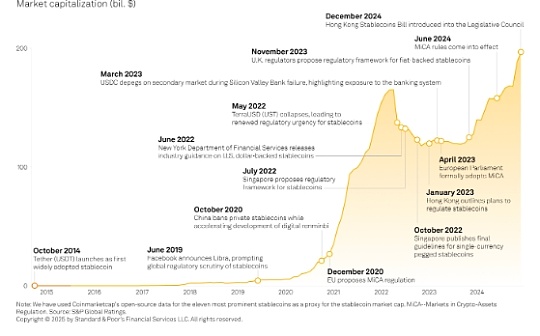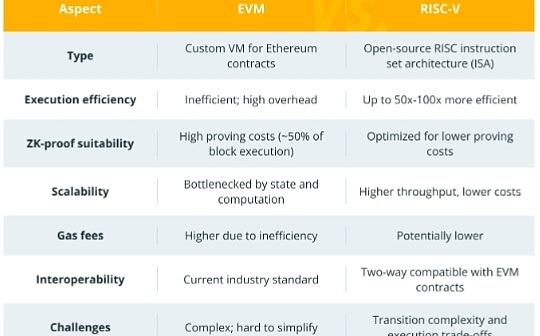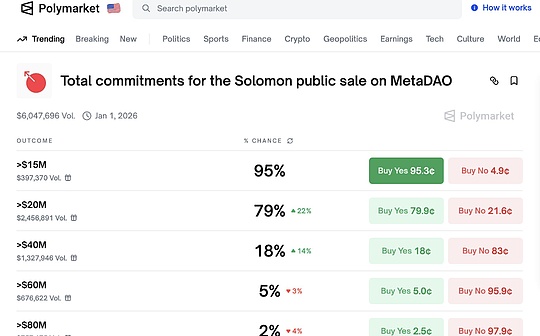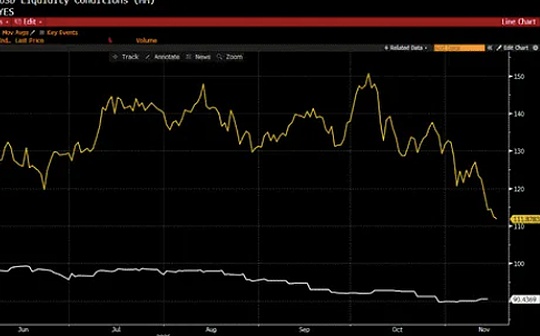
Author: Dilip Kumar Patairya, CoinTelegraph; Compiled by: Deng Tong, Bitchain Vision
1. The role of validators in blockchain
Verifiers are responsible for adding new blocks and verifying transactions in the proposed block, thus playing a crucial role in the operation of the blockchain.
Verifiers are critical to verify transactions in blockchain consensus mechanisms such as Proof of Stake (PoS) and Proof of Authority (PoA).They check if the new transaction complies with network rules and make sure the sender has enough funds to complete the transaction.
Verifiers are also responsible for ensuring the security of the blockchain by monitoring the network for any malicious activity (such as double spending).The term “double spend” refers to the same currency unit spent twice.Blockchain prevents this from happening by connecting open ledgers with encryption algorithms.
Verifiers are paid for the native cryptocurrency of the underlying blockchain.For example, validators on the Solana blockchain are paid in the form of SOL (SOL).
2. How Proof of Stake (PoS) Verifiers Work
PoS validators check whether the transaction in the proposed block is valid, add the block to the blockchain, and maintain records of the distributed ledger.Due to their contribution, they are rewarded with native cryptocurrencies.
In the PoS blockchain, a validator has three main roles: a validator client, a node operator, and a stake amount.A validator client is a software application that saves and uses a private key to verify the state of a blockchain.A node operator is an individual or entity that runs and manages the verifier client software and hardware.The amount of a pledge refers to the cryptocurrency deposited by an individual or entity as collateral to become a verifier.
Randomly select a validator from the validator pool to propose a block.The proposer prepares the block and broadcasts the proposal to the entire network.The validator community approves proposed transactions in the block.It is worth noting that only verified transactions can achieve finalization.
On the Ethereum blockchain, the total number of validators is divided into different subsets to process multiple blocks simultaneously to speed up verification transactions.The function that validators agree on the state of the blockchain is called consensus.
There is also the Delegated Proof of Stake (DPoS) blockchain, where users vote for representatives to verify the next block.Compared to PoS, DPoS brings streamlined governance and faster consensus because it reduces the number of validators without affecting decentralization.Delegates allocate the rewards they receive to the users who choose them.
3. How the proof of authority (PoA) validator works
In the PoA blockchain, a group of validators selected based on identity approves transactions and generates new blocks.
The PoA consensus mechanism consists of a small group of pre-selected validators who are delegated to generate new blocks and maintain network accuracy.It performs well in private or enterprise blockchains where trusted individuals or entities are selected as validators and has lower priority for decentralization.
To enter a PoA network as a validator, it is often necessary to have a formal identity on the blockchain, be associated with the host organization and have no criminal record.Once in, they are delegated to verify the transaction and add blocks to the blockchain.
On the PoS network, validators run specialized software to manage transactions and mint blocks.The validator is usually selected according to its interests to propose a block.In some systems, a validator is selected as the “leader node” for each block and is responsible for submitting it to the network.
Other validators then validate the leader through consensus, ensuring the validity of the block before adding it to the blockchain.The criteria and processes for selecting this leadership node can vary greatly across PoS implementations.
If a verification node approves malicious or fraudulent transactions, it may be penalized for evicting from the verification node list for a period of time or completely prohibited.
4. What is the difference between miners and validators?
In PoW blockchains such as Bitcoin, miners verify transactions through mining and add them to the blockchain, while other nodes act as validators by verifying transactions and blocks without participating in the mining process.Verifiers in equity-based systems approve transactions and create blocks based on transactions to be pledged without a large amount of calculations.
Both miners and validators ensure transaction accuracy and add blocks to the blockchain.However, their responsibilities and how they operate vary according to the type of blockchain they are engaged in.
In PoW systems, miners solve complex problems by adding blocks to the blockchain.In the process, they validate the transaction by including it in the blocks they mine.Solving these puzzles requires enormous computing power while competing with other miners.The miners who solve the problem first can add their blocks to the blockchain and receive rewards for local cryptocurrencies or transaction fees.
Verifiers are responsible for verifying transactions in PoS and PoA blockchains.In PoS blockchains such as Ethereum, they are selected based on the number of tokens staked as collateral.On the other hand, on the PoA blockchain, they are chosen based on their reputation and identity.The system rewards validators who validate transactions and honest behaviors.
5. What is the running process of the verifier node?
Starting running as a verification node requires six steps.It includes selecting blockchain, setting up hardware, installing software, joining as a validator, monitoring nodes and managing rewards.
Effectively operating a validator node requires a series of steps:
Select a blockchain
The first step is to choose a blockchain, preferably a blockchain with high transaction volume and requires a validator.
Set up hardware
To run a node, the verifier needs a computer with sufficient RAM, storage and processing capabilities.Each blockchain has its own hardware requirements and specifications.
Install software
Verifiers need to install and configure software programs for their blockchain of choice.All blockchains use different verification software.Keep the software up to date and use strong passwords to protect the verifier node from hackers.
Join as a verifier
PoS blockchain requires people to stake the required amount of cryptocurrency and join the network as a validator.On the other hand, on the PoA blockchain, proof of identity is required to join.Some blockchains require validators to join the validator pool.
Monitoring nodes
Verifiers must constantly monitor their nodes to ensure they run smoothly and fix any issues that may arise.
Management Rewards
Blockchain pays verifiers in the form of cryptocurrencies.Validators need to be proficient in the reward structure and the process of receiving rewards.
6. Emerging trends and innovations in the field of blockchain verification
The need for safer, more scalable and practical solutions is driving significant developments and breakthroughs in blockchain verification.
One trend is to develop consensus approaches that go beyond traditional PoW and PoS models.Protocols such as Proof of Combustion (PoB), PoA, and Proof of Space (PoSpace) provide unique verification methods focusing on user engagement, security, and energy efficiency.
Another innovation is the use of zero-knowledge proof, which enables validators to confirm transactions without revealing underlying data, thereby improving security and privacy.In addition, interoperability solutions are being developed to facilitate communication and value transfer between different blockchain platforms to promote a more integrated and effective blockchain ecosystem.
These advances have ushered in a new era of blockchain technology, making blockchain more widely applicable, accessible and sustainable in many industries.








